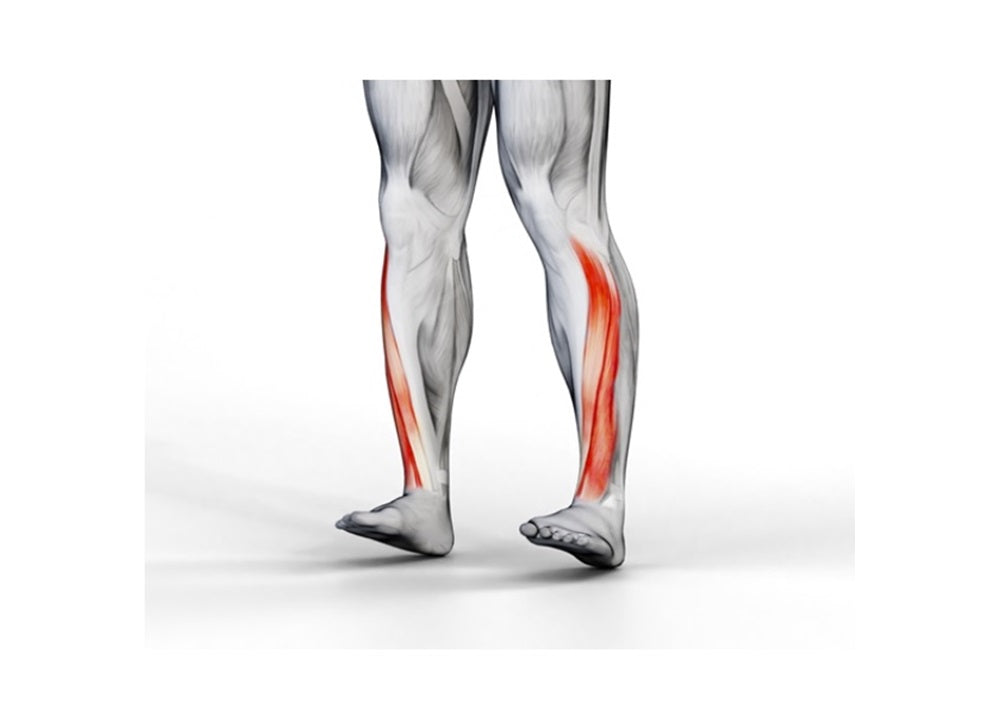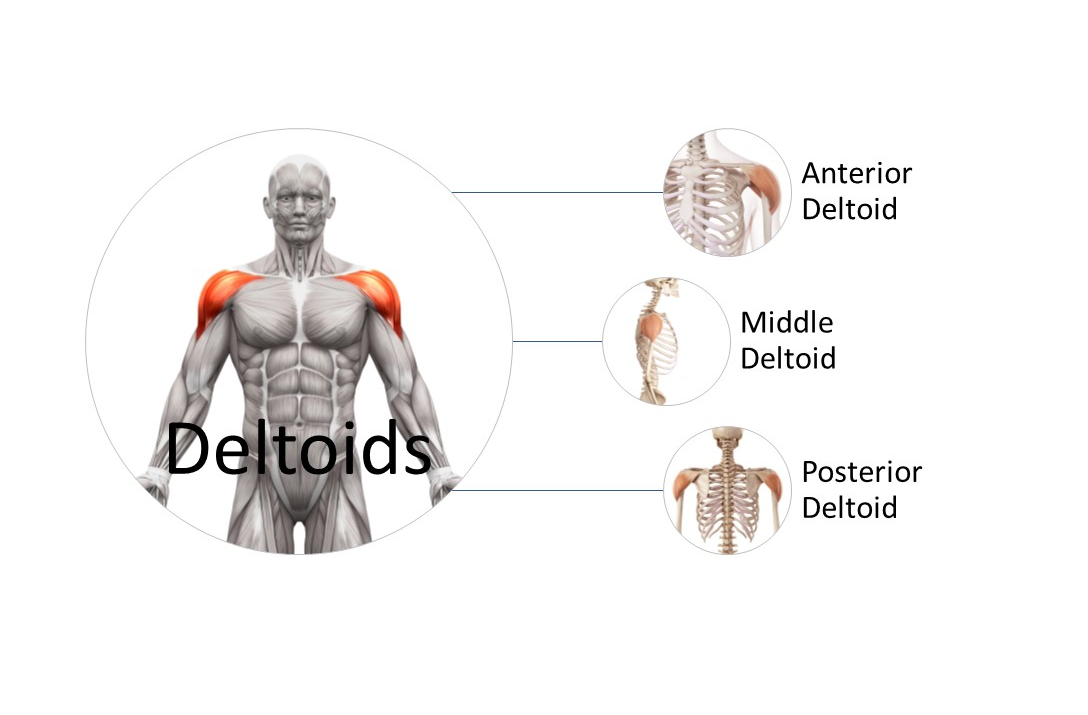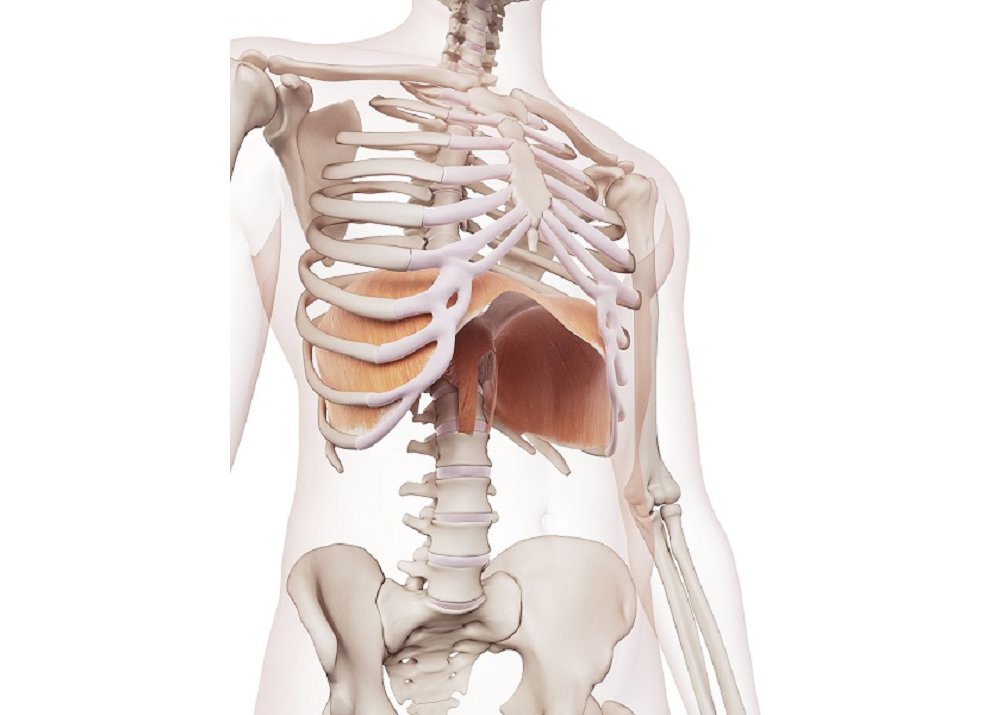Introduction: The human body is a marvel of intricate design, and each muscle plays a unique role in ensuring our daily activities are performed with precision and efficiency. In this blog post, we will delve into the fascinating world of the peroneal muscles of the calf, exploring their anatomy, significance in daily activities, and effective exercises to strengthen and maintain their health.
Anatomy of the Peroneal Muscles:
The peroneal muscles, also known as the fibularis muscles, are a group of muscles located on the lateral side (outside) of the calf. There are two primary muscles in this group: the peroneus longus and the peroneus brevis.
Peroneus Longus:
Origin: Head of the fibula and the upper two-thirds of the lateral surface of the fibula.
Insertion: Base of the first metatarsal and medial cuneiform of the foot.
Function: Plantarflexion and eversion of the foot, as well as providing support to the arch.
Peroneus Brevis:
Origin: Lower two-thirds of the lateral surface of the fibula.
Insertion: Tuberosity of the fifth metatarsal.
Function: Plantarflexion and eversion of the foot, aiding in maintaining balance and stability.
Importance of Peroneal Muscles in Daily Activities:
The peroneal muscles play a crucial role in various daily activities, contributing to stability, balance, and proper foot movement. Some key functions include:
Balance and Stability: The peroneal muscles help prevent ankle sprains by stabilizing the ankle joint during weight-bearing activities.
Walking and Running: These muscles are actively involved in pushing off the ground during walking and running, facilitating forward movement.
Arch Support: The peroneus longus contributes to supporting the arch of the foot, preventing excessive flattening.
Exercises to Target Peroneal Muscles:
Resistance Band Eversion: Sit with your legs extended. Wrap a resistance band around a fixed point and the outside of your foot. Evert your foot against the resistance of the band.
Calf Raises on an Incline: Stand on an inclined surface with the heels lower than the toes. Rise onto your toes, lifting the heels off the ground.
Toe Tapping: Sit or stand with your feet flat on the ground. Lift the toes, tapping them on the floor while keeping the heels stationary.
Balance Exercises: Stand on one leg and maintain balance. Progress by closing your eyes or standing on an unstable surface.
Understanding the importance of the peroneal muscles and incorporating targeted exercises into your fitness routine can contribute significantly to overall lower limb strength, stability, and injury prevention. Whether you're an athlete, fitness enthusiast, or simply someone looking to improve their daily activities, paying attention to these often-overlooked muscles can lead to a healthier and more resilient lower body.



